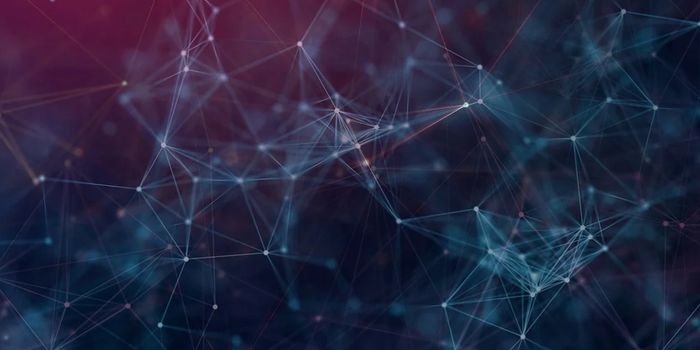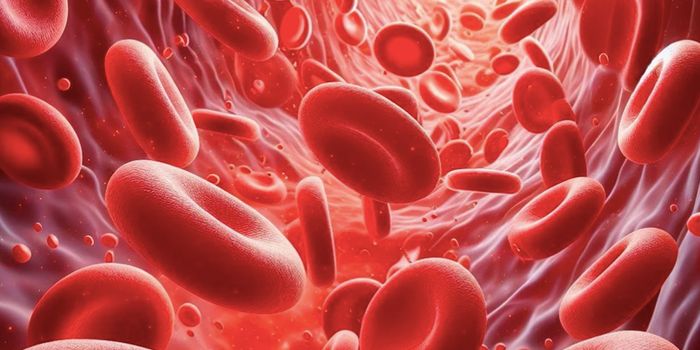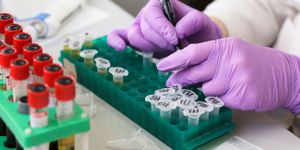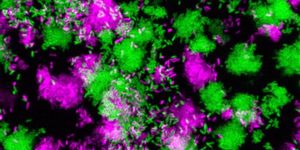An Advance & A Dilemma - Synthetic Human Embryos Grown Past 14 Days
At this year's International Society for Stem Cell Research meeting, Professor Magdalena Żernicka-Goetz of the University of Cambridge and the California Institute of Technology announced that scientists have engineered synthetic human embryos by genetically reprogramming stem cells, and they grew them past the point that most other teams have before this. There are two reports in the pre-print journal bioRxiv, outlining work from different teams that achieved similar goals, but have not yet been peer reviewed; one group outlined their research at the scientific meeting. The aim is to create a model that will allow scientists to explore the mysterious processes underlying human development, which can't truly be investigated with animal models.
Right now, laws dictate that natural human embryos cannot be grown in a laboratory past day fourteen before they have to be destroyed. But this work will raise a lot of ethical questions, because it seems to have successfully grown synthetic embryos until just past then, to the start of a stage known as gastrulation. At that point, embryos shift from a sheet of cells to a structure that begins to orient the body.
Guidelines from the International Society for Stem Cell Research that were updated in 2021 now suggest that the fourteen-day law should be reconsidered. The organization is promoting a public debate to decide if embryos should sometimes be allowed to develop past that point so that we can gain powerful and potentially beneficial new insights. Other experts have noted that legislators should also refine the definition of what an embryo actually is.
This newly reported synthetic model is still mostly just a clump of different cell types, including those that go on to form structures like the placenta and yolk sac; the model does not appear to be able to develop the precursors to organs like the brain and heart. It is not clear whether these model embryos would even be capable of growing into an organism, and right now, it would be illegal for them to be implanted into a carrier to determine if that could happen.
Mouse embryo models, however, have been allowed to grow to the point of developing organs using similar techniques.
Commenting to Nature, developmental biologist Alfonso Martinez Arias of Pompeu Fabra University noted that, “nothing” the scientists have described is analogous to actual fourteen-day-old embryos. “What we can see is masses of cells separated into compartments, but no embryo-like organization.” These models are created by overexpressing certain genes, which could be confusing the cells, and these results have not gone beyond previous work, added Arias.
Zernicka-Goetz does not seem to want to recreate a real embryo, however, and is only seeking to make a better research model for a slightly more advanced developmental stage. “These structures do not recapitulate all aspects of the embryo,” she told Nature, “but rather serve as a complementary tool for us to study the differentiation of specific tissues during key stages of development.”
Although there are questions about the ethics of using embryo models that are older, there will be challenges to creating more developmentally advanced models. Arias noted that it, “will not be easy” to grow synthetic human embryos beyond 21 days, and it would be a surprise if these models were able to develop beyond that.
Sources: Weatherbee et al bioRxiv 2023, Oldak et al bioRxiv 2023, The Guardian, Nature









